Table of Contents
ToggleIntroduction
Interior design in 2025 is all about merging aesthetics with functionality—and one surprise comeback that has taken designers and homeowners by storm is glass blocks. Once considered outdated and overly retro, glass blocks have broken free from their 80s bathroom stereotype and re-emerged as modern, bold, and architectural design elements.
Why now? Because homeowners want more light, more privacy, and more style—without compromise. Glass blocks offer a compelling solution that blends sustainability, visual interest, and structural innovation. Whether you’re designing a new home or upgrading an old one, these translucent beauties are making their way back into our homes—one shimmering square at a time.
What Are Glass Blocks?
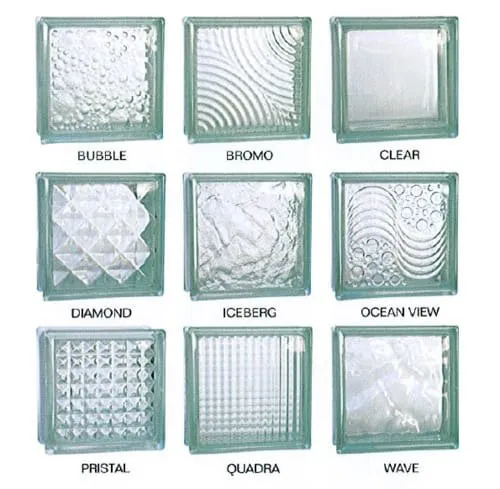
A Quick History
Glass blocks were first introduced in the early 1900s. Originally created for industrial use, they were used in factories and warehouses to allow light in while maintaining privacy and security. Over the decades, glass blocks migrated into residential architecture, most notably in the art deco and mid-century modern periods.
Their biggest boom? The 1980s. You probably remember them as chunky squares often placed in bathroom walls or kitchen windows. But today, they’ve evolved in form, function, and flair.
Modern-Day Reinvention
Thanks to modern technology, glass blocks have undergone a major transformation:
- They’re now available in slimmer profiles
- Offer custom shapes like hexagons, curves, or waves
- Come in vibrant colors and patterns
- Provide better insulation and strength
These aren’t your grandmother’s glass blocks. The 2025 versions are high-performance, beautiful, and perfect for almost any space.
The 2025 Design Movement: Function Meets Art
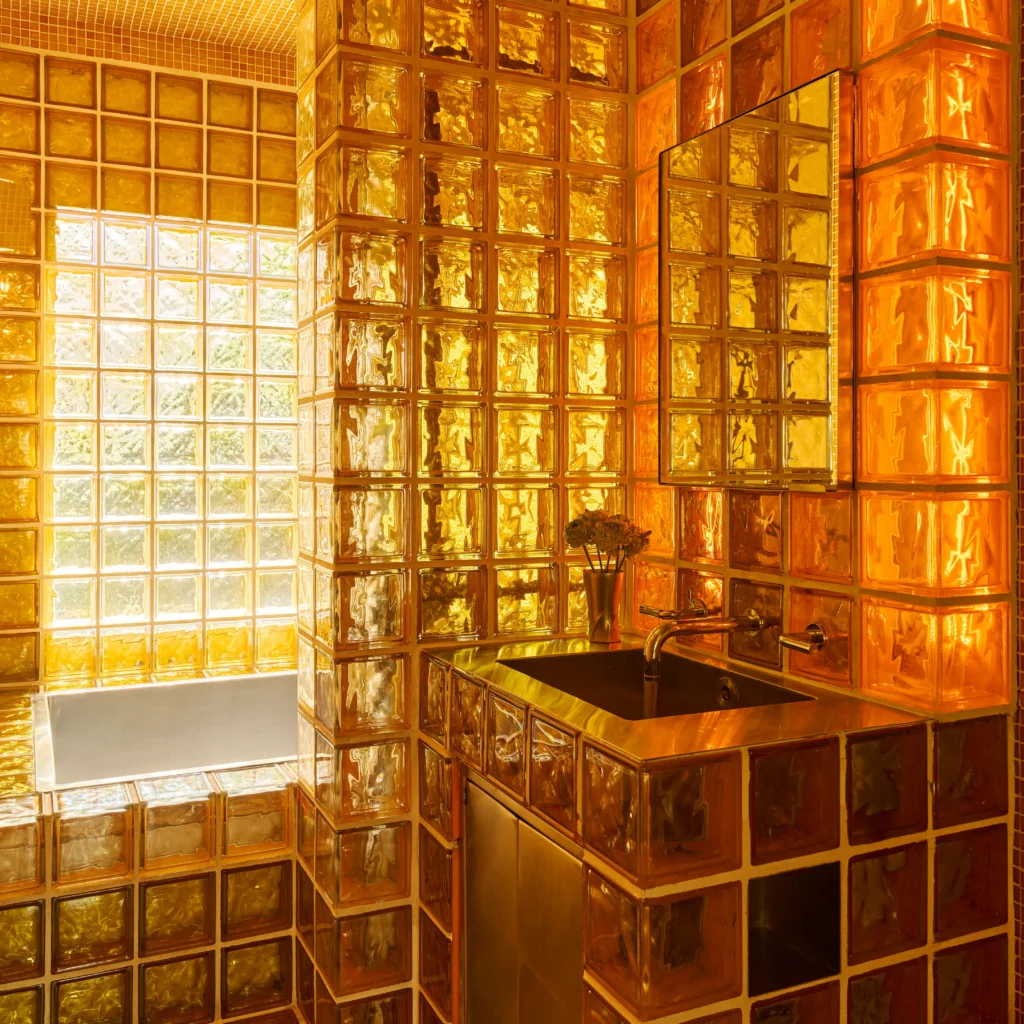
In recent years, the world of design has shifted towards sustainable materials, transparency, and light-enhancing architecture. The focus is no longer just about how a material looks—it’s about how it performs and contributes to the lifestyle of the people who use it.
Sustainability and Efficiency
Glass blocks play right into this ethos. They’re eco-friendly in multiple ways:
- They reduce the need for artificial lighting during the day.
- Their thermal insulation properties help maintain indoor temperatures, cutting down energy bills.
- They last decades—minimizing material waste over time.
Aesthetics With Purpose
Glass blocks offer more than beauty. Their texture, form, and color allow you to manipulate how light behaves in a space. Want glowing walls that shift in tone from morning to evening? Glass blocks can do that. Need privacy but hate curtains? Yep, they’ve got you.
Types of Glass Blocks Available in 2025
The evolution of this humble material means more variety for every taste and space.
Solid Glass Blocks
Made from a single thick piece of glass, these are heavy-duty and used where strength and transparency are equally important. Think: load-bearing walls, furniture bases, or artistic installations.
Hollow Glass Blocks
The classic design, updated. These are lighter, more budget-friendly, and easier to install. Perfect for indoor partitions or decorative features.
Textured and Patterned Glass Blocks
Want privacy without feeling boxed in? Choose from waves, grids, bubbles, rain textures, or even custom engravings. These blocks distort shapes while still allowing light through—ideal for bathrooms and spa zones.
Colored and Coated Variants
Today’s designers love using pastel tints, bold hues, or UV-coated blocks to play with mood and atmosphere. Imagine a hallway softly glowing in warm amber or a meditation room bathed in serene blue light.
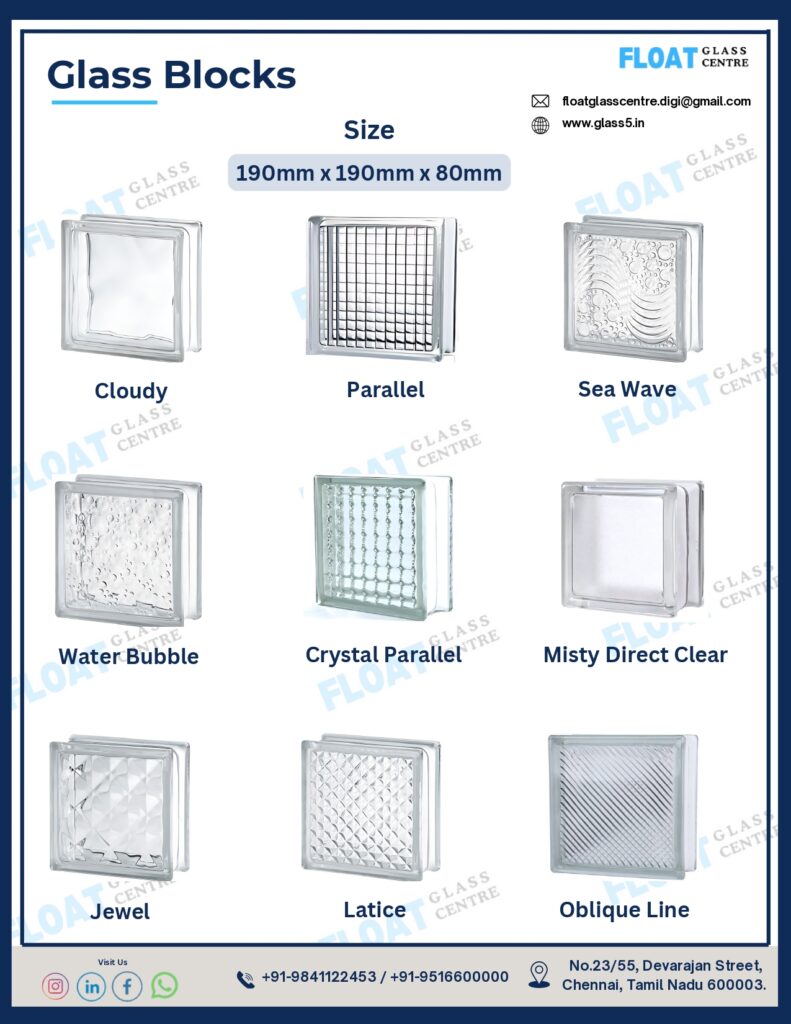
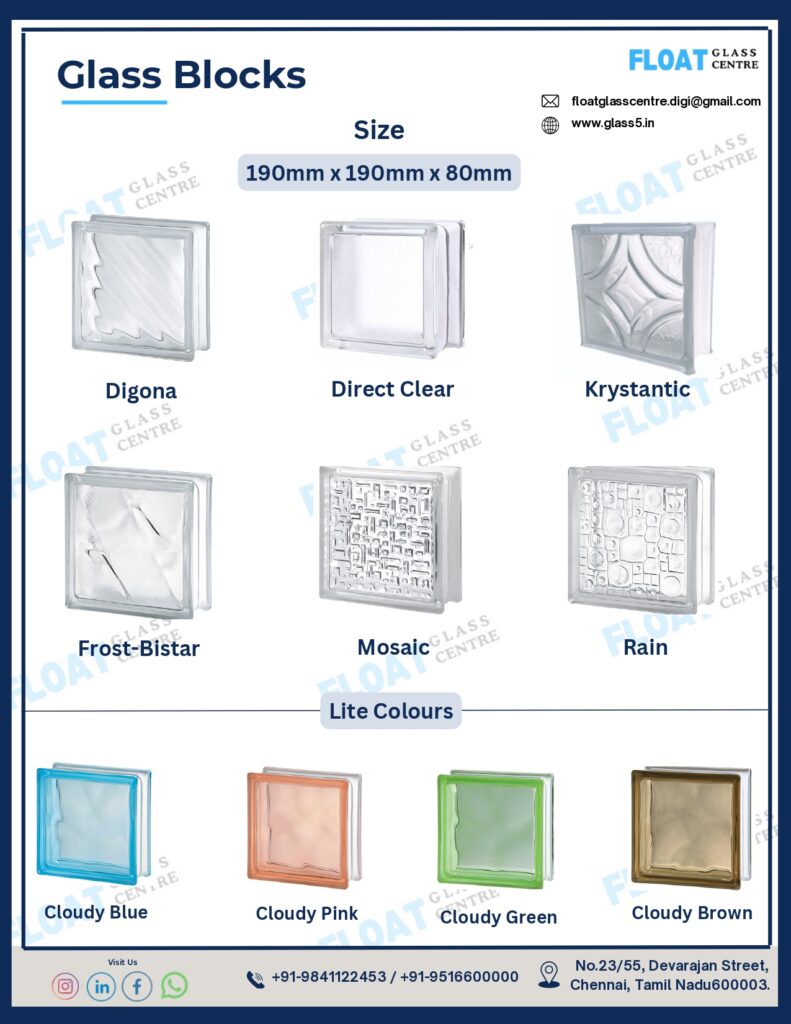
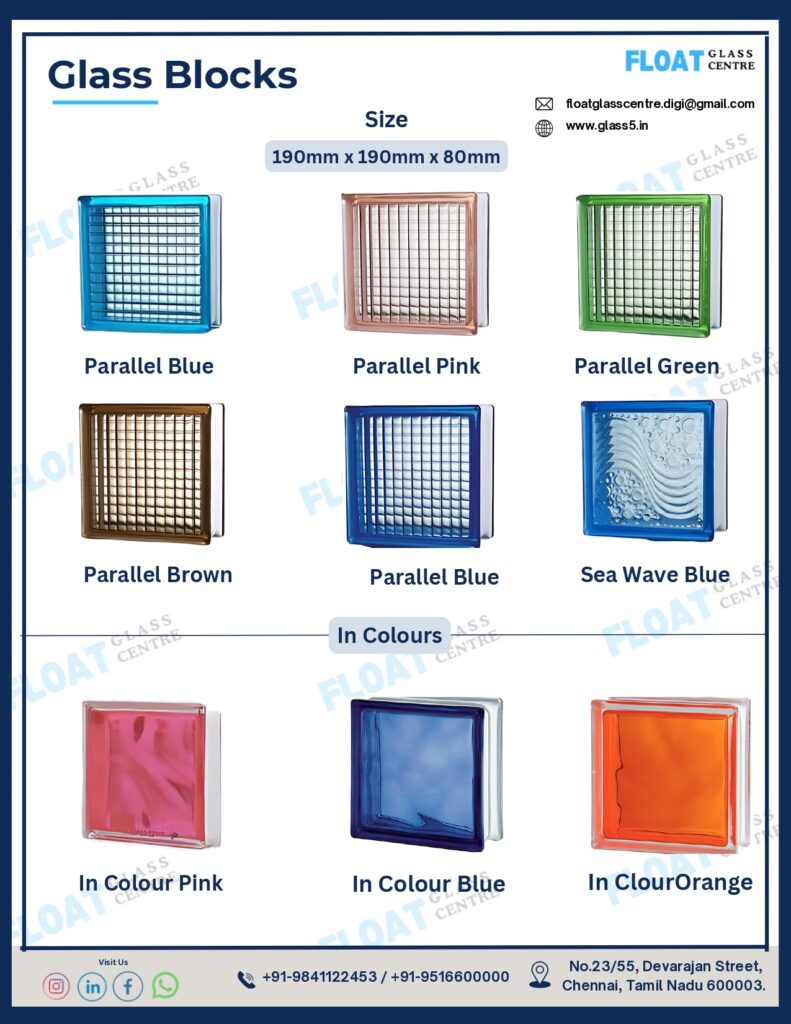

Why Glass Blocks Are Gaining Popularity
The benefits go far beyond aesthetics. Here’s why architects, homeowners, and designers are reaching for glass blocks in 2025.
Energy Efficiency and Natural Lighting
Natural light is a premium in modern homes. Glass blocks allow sunlight to flood in—while still offering privacy and insulation. This reduces dependency on artificial lighting and cuts your energy costs.
Privacy Without Sacrificing Style
Curtains can feel heavy. Frosted glass can be dull. Glass blocks? They strike the perfect balance. You get the light and openness without making your interiors feel overexposed.
Noise Reduction Benefits
Because of their thickness and design, many glass blocks have excellent acoustic properties. Use them for internal walls or exterior facades to block out city noise or rowdy neighbors.
Design Flexibility
They can be:
- Used vertically or horizontally
- Built in curves or waves
- Combined with steel, concrete, or wood
- Painted, frosted, or illuminated
Where to Use Glass Blocks in Modern Interiors
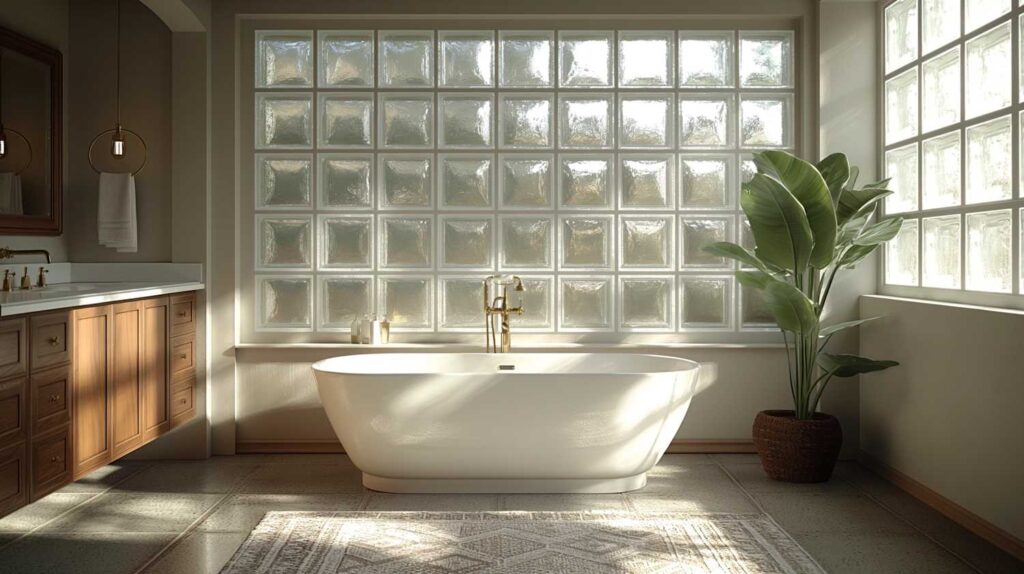
Designers today are experimenting with non-traditional applications—and the results are stunning.
Living Rooms
Use glass block partitions to define spaces while allowing natural light to travel. They can also be used in feature walls behind the TV or fireplace for a glowing, gallery-like effect.
Bathrooms
A classic application—but now done right. Frameless showers with curved glass block walls, vanity backdrops, or even skylight walls can transform your bathroom into a spa.
Kitchens
Think beyond ceramic tiles. Glass block backsplashes, islands, or even corner windows brighten the space and add depth.
Staircases and Hallways
Don’t let these transition spaces be dark or ignored. Install a row of colored glass blocks along the stairwell for a stunning light play at different times of the day.
Partitions and Dividers
Replace boring walls or opaque dividers with glass block structures to create zones in open-concept homes—without losing connectivity.
Glass Blocks in Commercial Spaces
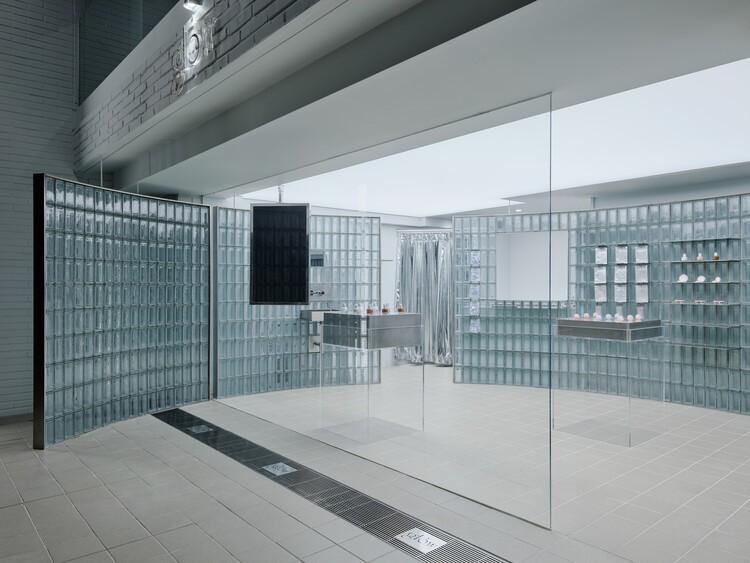
Not just for homes—glass blocks are popping up in creative ways in commercial interiors too.
Offices : Used in boardrooms or collaborative spaces, they offer separation without the feeling of confinement. Some are even incorporating smart lighting inside the blocks for dynamic work environments.
Cafe & restaurants : In trendy eateries, glass blocks are used in bar counters, facade walls, and even restrooms. They add retro charm with a modern twist—great for Instagrammable appeal.
Boutiques & Galleries : Design-forward businesses love using textured and colored blocks to create a unique customer experience. Light bounces, shadows dance, and every visit feels like a new one.
Glass Blocks vs Traditional Walls and Windows
Cost Comparison
Initial costs can be slightly higher than plain walls or windows, especially if you’re using custom shapes or imported varieties. But with long-term energy savings, durability, and minimal maintenance, glass blocks prove cost-effective.
Installation & Maintenance
Modern installation systems use modular panels or prefabricated kits—making it much easier and faster than old-fashioned mortar settings.
Maintenance? Easy. Just a quick wipe-down keeps them looking brand new.
Durability and Longevity
Glass blocks resist:
- Scratches
- Moisture
- Weather changes
- Mold and mildew
They can last 50+ years without losing clarity or strength.
How to Integrate Glass Blocks Into Your Home Design
Minimilist Styles : In minimalist homes, glass blocks add lightness and structure without overpowering the space. Clear, unpatterned blocks work best here.
Retro Modern Fusions : Love mid-century or deco vibes? Combine glass blocks with metallic accents and vintage furniture to create that dreamy, nostalgic yet fresh look.
Industrial Chic Appeal : Pair clear blocks with exposed steel, dark woods, and concrete for that raw, urban aesthetic seen in trendy New York lofts.
Glass Blocks and Natural Lighting
Light is energy—and mood. By scattering natural light through various surfaces, glass blocks eliminate harsh shadows, reduce electricity use, and enhance well-being.
Bonus: You get to watch beautiful patterns of light shift throughout the day.
Color Psychology and Glass Blocks
- Blue: Calming and peaceful
- Green: Balancing and restorative
- Red/Orange: Energetic and lively
- Amber/Gold: Warmth and richness
Choose block colors based on the feeling you want to create in each space. Combine them to energize a room or relax the senses.
Maintenance Tips for Long-Lasting Beauty
To keep your glass blocks sparkling for years:
- Use non-abrasive cleaners like vinegar or mild detergent
- Seal joints during installation to prevent leaks
- Avoid high-impact cleaning tools or scrapers
- Consider anti-fog coatings for bathrooms
Myths About Glass Blocks (Busted!)
They’re Outdated: Not anymore! 2025 designs are sleek, vibrant, and customizable.
They’re Fragile: Solid glass blocks are highly durable—even used in exterior walls and floors.
They’re Expensive: The long-term energy savings and zero-maintenance more than balance the upfront cost.
Conclusion
Glass blocks are no longer just a relic of the past. In 2025, they represent the best of both worlds—form and function. They brighten our spaces, divide rooms without shutting them off, save energy, offer privacy, and look downright amazing.
So, whether you’re building a dream home or revamping a small corner, glass blocks are one of the smartest, trendiest choices you can make this year.
Embrace the blocks. Let the light in.
FAQs
What are the disadvantages of glass blocks?
They can be heavier than traditional materials and slightly more expensive initially. However, the benefits usually outweigh the cons.
Can glass blocks be used for exterior walls?
Absolutely. Solid glass blocks are weather-resistant, strong, and suitable for exterior walls, windows, and even floors.
Are glass blocks expensive compared to regular glass?
Yes, slightly. But considering their insulation, soundproofing, and zero-maintenance benefits, the ROI is high.
Do glass blocks affect insulation?
Yes—in a good way! Glass blocks trap air inside, making them excellent for thermal and sound insulation.
How are glass blocks installed?
They can be installed using mortar, silicone systems, or prefabricated modular panels. Professional installation ensures precision and durability.
